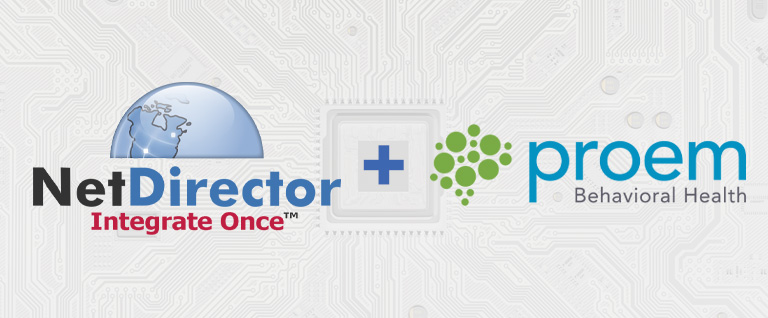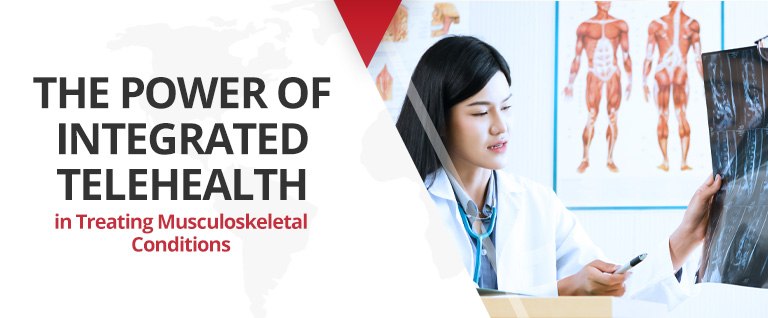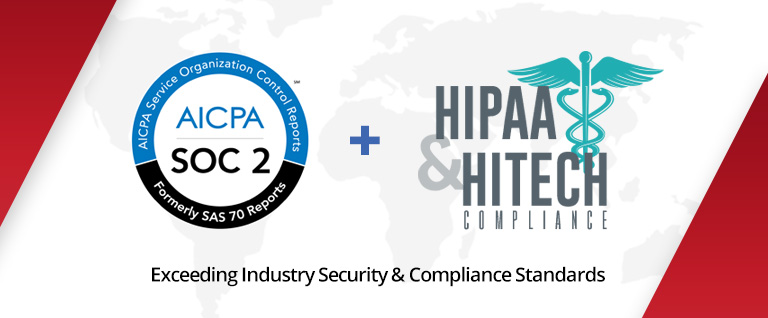When all’s said and done, 2017 may be best remembered as the year big business put an indelible stamp on healthcare. Sure, we’ve had similar maneuvers in the past from the likes of Apple, Google and Microsoft, but each of those initiatives struggled with consumer connection, especially when it came to individuals surrendering their personal health information.
What’s different this time? Drugstore chain CVS Health’s proposed (subject to regulatory approval) buyout of insurance giant Aetna — at $69 billion, the largest health insurance deal in history— could transform pharmacy storefronts into community health clinics, giving patients streamlined access to primary care, medications and insurance services in unified hubs.
Some industry experts acknowledge potential systemic efficiencies that would accompany this type of vertical integration. However, they also caution that consolidation could trigger insurance network restrictions and a move toward “transactional care,” in which patients see doctors for isolated consultation without any established history or context of treatment.
Other observers see the purchase more as a preemptive move by CVS to fend off retail kingpin Amazon’s interest in pharmaceutical distribution (particularly for expensive and difficult-to-obtain specialty drugs). Amazon has acquired pharmacy licenses in 12 states and has kicked off discussions with generic drugmakers, according to media reports.
Whatever the true motivation — and it very well could be a combination of all factors outlined above — healthcare models are undeniably trending toward large-scale integration as 2017 draws to a close. And that’s sure to bring opportunities and challenges to stakeholders, including IT companies, along the way.
Integration in Various Forms
As 2017 began, advisory firms counseled hospital executives to integrate clinical delivery with financial sustainability in preparation for almost certain payment cuts. One health system followed such a course, slashing annual operating costs by $12 million in just six months by focusing solely on reducing excess lengths of stay. That type of integration works around mutual biases: (1) clinicians worrying that cost-cutting would jeopardize care quality and (2) financial teams perceiving doctors’ resistance to data analysis that would measure costs.
Meanwhile, along healthcare’s leading edge, IT initiatives pushed forward throughout the year. “I believe an urgent priority for our healthcare system is to move from the traditional one-to-one model to a more efficient, time- and place-independent care delivery system,” commented Joseph Kvedar, MD, vice president of connected health at Partners Healthcare.
Kvedar’s remarks accompanied the Personal Connected Health Alliance’s release of new design guidelines for sharing patient-generated health data with providers via HL7 Fast Healthcare Interoperability Resources (FHIR) specifications. The guidelines support data integration into electronic health records (EHRs) from 26 vital signs sensors and 40 health/ medical/ fitness devices for remote monitoring of chronic diseases, as well as health and fitness measures.
In related ways, we saw positive disruption in data exchange between payers and providers, setting the stage for real-time alerts that would help prescribing physicians prevent drug-drug interactions or other potentially harmful outcomes.
Additionally, EHR vendors did their part to integrate cloud-based versions of traditional systems, bringing cost-effective processes and simplified technology contracting to small hospitals and physician practices.
As we witnessed, a lot can happen over the course of a year. Continued progress in integration will depend on straightforward but flexible options for sharing data and documents across the healthcare ecosystem. NetDirector offers those exact capabilities in its HealthData Exchange platform so that care facilities don’t have to worry about managing — and staying ahead of — the ever-changing technology curve.
For more information, please contact us or request a free demo.




